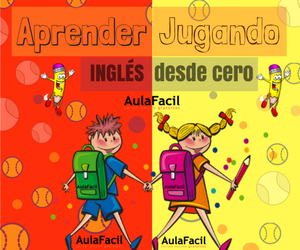Beneath
“Beneath” puede funcionar como preposición o adverbio. A continuación analizamos su uso como preposición.
Esta preposición se suele utilizar en el lenguaje literario, técnico o formal. Es más habitual utilizarla en el lenguaje escrito; en el lenguaje hablado se utiliza más “Below” o “Under”.
Significado
1.- Preposición de lugar: debajo de
My daughter put her little treasury beneath her bed
The old couple sat beneath a parasol and drank a beer
In winter I like so much to take a walk beneath the trees
The boy moved the table beneath the light
It was so beautiful to see the balloons flying beneath the clouds
The archaeologists discovered a roman temple beneath the surface
The boat passes beneath the old bridge
The winter came and the gardens disappeared beneath a blanket of snow
It was late and the Sun disappeared beneath the horizon
2.- Otros significados
2.1.- Por debajo de, no suficientemente bueno para alguien. Puede tener un significado un tanto peyorativo.
Her parents thought their daughter had married beneath her
He didn`t apply for that job because he considered it beneath him
She is so unpleasant, always regarding the others as beneath her
Its beneath you to criticize your friends
My friend feels doing that job is beneath his dignity
2.2.- Por debajo (inferior en ranking, poder o influencia)
The manager must be able to motivate the persons beneath him
In accounting beneath an account there are many sub-accounts
A colonel is beneath a brigadier general
Diferencias
1.- Beneath / Below / Under
Estas tres preposisiones tienen distintas acepciones pero las tres comparten el significado de “debajo de”.
Con esta acepción “Beneath” y “Below” son sinónimos y se podrían utilizar indistintamente si bien la preposición “Beneath”, tal como se indicó anteriormente, se utiliza preferentemente en el lenguaje literario, técnico o formal.
“Under” también de traduce por “debajo de” si bien presenta algunas diferencias:
“Below” y “Beneath” implican estar situado en un plano inferior pero no necesariamente en un eje vertical (un objeto exactamente debajo del otro).
“Under“ implica “debajo de “ pero siempre en un eje vertical: un objeto directamente debajo del otro.
En los dos ejemplos siguientes podemos utilizar las preposiciones “Beneath” y “Below” mientras que “Under” tan sólo la podemos utilizar en el segundo ejemplo.
The hut is situated below / beneath the forest
(La cabaña está en un plano inferior pero no en un eje vertical)
The nest hungs under / below / beneath the branch
(El nido está en un plano inferior y en un eje vertical)
Otra diferencia es que “Beneath” no se utiliza con números:
I bought my car for just under 10.000 euros (NO: beneath 10.000 euros)
In Helsinki the temperature in winter is often below zero (NO: beneath zero)



